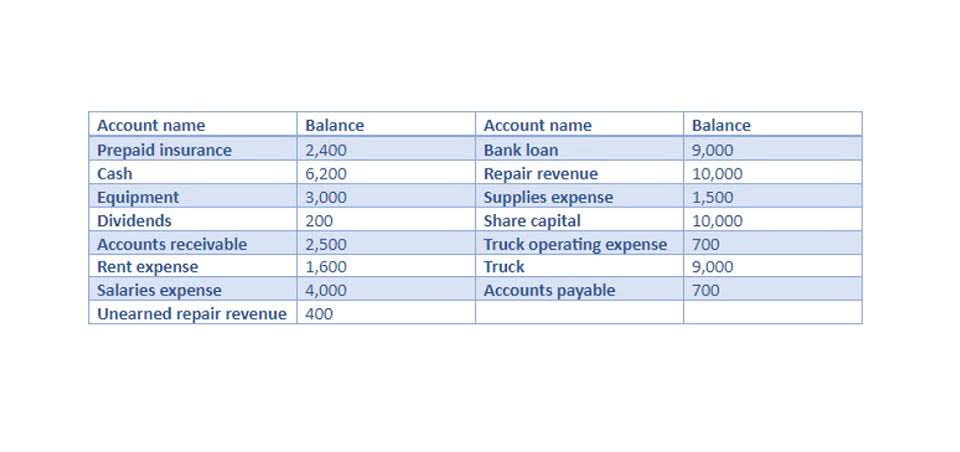
The old saying “if it’s not broke, don’t fix it,” doesn’t really work when it comes to factory machinery. Preventative maintenance is one of those frustrating necessities in the manufacturing world, but when performed regularly it can extend your equipment’s life span. You can get many more https://aviotekne-supplies.com/is-turbotax-free-how-to-use-turbotax-for-free-37/ machine hours out of a piece of equipment that has been well taken care of.

The Essential Guide to Inventory and Warehouse Management with Total Office Manager eBook
- Accurate manufacturing overhead calculations are the backbone of efficient production cost management.
- Many renowned manufacturing companies have implemented strategies to reduce their manufacturing overhead.
- Let’s say you rely heavily on automated machinery but you allocate overhead based on labor hours.
- Harnessing the power of advanced technology not only simplifies the complexities of overhead management but also paves the way for enhanced productivity.
- By utilizing historical trends, CMMS reports and predictive analytics, manufacturers can make better-informed decisions and improve their overhead without sacrificing performance.
- This business tracks labour hours as the most accurate representation of its process.
Under GAAP and IFRS, absorption costing is required for inventory valuation. This means both fixed and variable manufacturing overhead must be assigned to product cost. If estimated production is 60,000 units, the fixed overhead rate is$2.00/unit. Overheads allocated Coffee Shop Accounting per machine hour help companies understand how efficiently their machinery contributes to the cost of production. Knowing the full cost of production, including all allocated overhead, helps companies set competitive and profitable selling prices for their goods. If overhead is underestimated, a company might price its products too low, leading to insufficient revenue to cover all expenses and eroding profit margins.
Examples of Overhead Rate Measures
- Calculating total manufacturing cost allows manufacturers establish the amount they’re spending to make goods.
- You might view this account as containing the cost of the products in the finished goods warehouse.
- These variances are analyzed to understand the reasons for the differences between planned/applied and actual costs.
- A manufacturing facility’s monthly expense for electricity, for example, will vary depending on production output.
Get reports on project or portfolio status, project plan, tasks, timesheets and more. All reports can be filtered to show only the cost data and then easily shared by PDF or printed out to update stakeholders. Deskera can assist with inventory management, customer relationship management, human resource management, attendance management, and payroll administration.
Fixed Manufacturing Overhead (FMOH)

Next, let’s delve into the various classifications of manufacturing overheads. This percentage varies widely between businesses in different industries, with differing processes and types of equipment, and different levels of automation. Its main value is therefore as a goal and for monitoring overhead trends. Producing more goods means running what makes up manufacturing overhead manufacturing equipment for a longer amount of time, which often means increased utility costs. Depreciation and maintenance of manufacturing equipment and facilities are also part of manufacturing overhead. By factoring in MOH, businesses can better understand their production expenses.


Overhead is the ongoing cost of running a business that is not directly related to producing a good or service. There is generally a lot of ground to save money with administrative costs. However, certain cutbacks can have the undesirable effect of indirectly reducing the quality of the company’s product or service and scaring customers away.
- Working closely with manufacturers on case studies and peering deeply into a plethora of manufacturing topics, Mattias always makes sure his writing is insightful and well-informed.
- By streamlining production processes and removing non-value-added activities, companies can significantly reduce overhead costs.
- The aggregated allocated costs can then be combined with direct labor and materials costs to ascertain the comprehensive production cost.
- The focus should be sustainable cost-reduction methods that offer long-term benefits without compromising quality.
